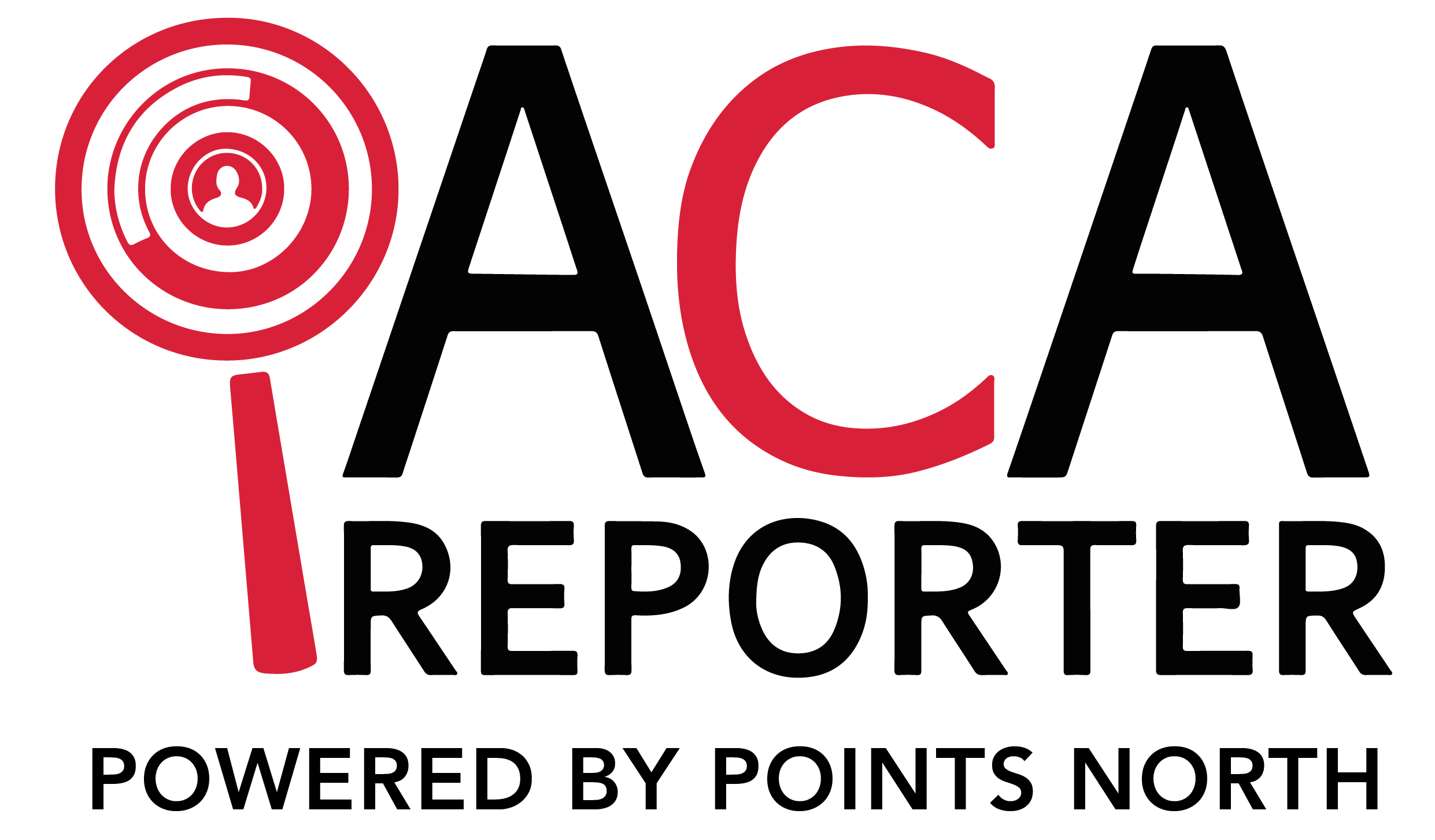What is ACA reporting, and what requirements are there? Read more about the process of Affordable Care Act reporting for Applicable Large Employers here.
Tens of millions of people under age 65 get health insurance coverage through their employer.
When the Affordable Care Act was signed into law in 2010, it set up the insurance marketplace where you could get insurance in other ways. Parts of the law did create some ACA reporting regulations for employers, although not all companies are subject to them.
This article takes a look at which companies must file with the IRS under the ACA. We'll also cover what types of forms they need to file, and how to get started with your tracking and reporting to stay in compliance.
Are You Required to Report?
What is ACA reporting? If you're not sure, don't panic.
The biggest part of the filing requirements has to do with company size. Applicable large employers — also called ALEs — are those with 50 or more full-time or full-time equivalent employees and thus are required to file.
That said, it’s still a good idea to track and file if you sponsor health insurance plans at your company. The rules for ACA reporting often change and shift. Your company also might fluctuate in size enough to change your ALE categorization.
Under the employer shared responsibility provision of the ACA, ALEs must offer affordable coverage that provides minimum value. The forms filed each year back up their claim that they are doing so. The companies are also required to provide the information to their employees.
You will need to figure your employee numbers each year as the average size of your workforce can change from year to year. For example, you might have only had part-time employees last year, but full-time this year, which could reclassify your company as an ALE. Your ALE status is based on the average during a calendar year.
Self-insured employers of any size are also required to report healthcare coverage info to the IRS.
What Do You Have to Report?
ALEs have obligations to report about their healthcare coverage to their employees and the IRS per IRS Section 6055 and 6056. Section 6056 requires ALEs to provide minimum essential coverage to full-time employees. Section 6055 requires that they report that coverage to the IRS and give a copy of the return to employees.
For the IRS, you’ll need to file Form 1095-C. You’ll need the following information to complete the form:
- Covered individual or employee’s data like name and date of birth
- Plan provider’s data like name and address
- When the employee was offered coverage
- The employee’s coverage status for each month of the previous year
- Proof the plan was affordable, typically using Safe Harbor methods to calculate
Companies can file these forms by paper or e-file. Any employer filing more than 250 forms is required to file electronically.
Companies that have chosen the self-funded insurance route have to file Form 1095-B.
The required information and deadlines are similar to 1095-C.
The final piece is Form 1095-A, which is the copy supplied to the employee. The federal filing deadlines are the same as for W-2 and 1099 reporting, which means the form must be provided by January 31.
Set Up Your Tracking and Reporting
Tracking and reporting start with determining which department in your company will have ultimate responsibility for the ACA reporting. An ACA reporting service or system can aid in coordinating the efforts of the different departments to address compliance.
Most of the time, benefits, finance, payroll, and human resources have to produce the required information to then be used in the forms that are filed. Often, the final responsibility for the ACA reporting falls to the chief financial officer or the HR director.
Along with employment status, your system will need to keep track of employment start and end dates, change in status, and reassignment dates. You’ll also need to confirm data on which employees opted to waive coverage.
Calculating Employee Count
The biggest bit of math you’ll have to track is the number of full-time employees you have. Particularly if you’re close to the 50-employee count, proper classification can help you avoid penalties down the road since it determines your ALE status.
Full-time employee means the person works for at least 30 hours per week during the month or has at least 130 hours of work for the month. Calculating full-time equivalent employees involves a formula that adds up all the hours of work done by non-full-time employees then dividing by 120.
Tracking the actual hours worked by employees helps you determine if they should be offered health insurance coverage as well as helping you determine your ALE status.
Calculating Affordability
The other piece of the puzzle is whether the coverage you’re offering is affordable. There are three different Safe Harbor methods you can use to show your plan is affordable.
Each method checks to see that health insurance premiums do not exceed a certain percentage of an employee’s salary. Which method you choose is determined largely by the type of employee you have and whether they get paid on salary, hourly, or seasonally.
Ensure Accurate ACA Reporting
Understanding the many facets of ACA reporting is critical for making sure your business stays in compliance. From measurement periods to changes in status, your HR department needs to keep up with many pieces of information and ACA reporting deadlines to ensure you have filed everything required each year.
If you’re unsure whether any part of the ACA reporting requirements applies to you, contact us to check on what you might need. We can also schedule a demo for you to see how our ACA Reporter product can make the process less complex for you going forward.





